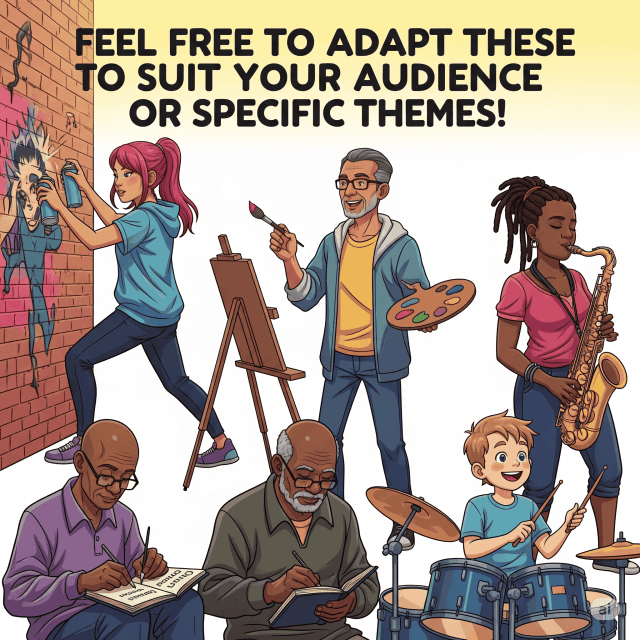Embracing Adaptability: Customizing Ideas for Your Audience
In our rapidly changing world, the ability to adapt and tailor information to specific audiences is more important than ever. Regardless of the context—whether you’re a business leader presenting to shareholders, a teacher engaging students, or a content creator reaching out to followers—customizing your approach can enhance understanding, engagement, and effectiveness. Here’s how to effectively adapt your message to suit your audience or specific themes.
Understanding Your Audience
The first step in effective communication is a deep understanding of your audience. This involves:
- Demographics: Recognize age, gender, education, and cultural background. These factors influence how your message is received.
- Interests and Preferences: What does your audience care about? Understanding their interests can help frame your message in a relatable way.
- Knowledge Level: Tailor the complexity of your content according to your audience’s familiarity with the topic. For instance, a technical discussion on blockchain for seasoned IT professionals would differ vastly from one aimed at a general audience.
Themes That Resonate
Themes play a crucial role in how information is received. Consider these strategies to align themes with your audience:
- Relevance: Make content relevant to current trends or challenges your audience faces. For example, in a business context, discussing remote work challenges may resonate strongly with leaders and employees alike.
- Cultural Sensitivity: Be aware of cultural nuances and references that may resonate with or alienate audience members, ensuring your message is inclusive and respectful.
- Emotional Connection: Engage your audience with storytelling. Relatable anecdotes or case studies can make complex concepts more digestible and memorable.
Formats and Delivery
The way you deliver your content can greatly impact its effectiveness:
- Choose the Right Medium: Depending on your audience, opt for formats that suit their consumption preferences—videos, webinars, blogs, or interactive workshops.
- Interactive Engagement: For audiences that thrive on participation, consider using polls, Q&A sessions, or group discussions to foster a two-way dialogue.
- Visual Aids: Utilize graphics, infographics, and charts to clarify complex information and maintain engagement. Visual elements are especially useful for visual learners.
Feedback and Iteration
After delivering your message, seek feedback to refine your approach:
- Surveys and Polls: Use these tools to gauge audience reactions and areas of interest, allowing you to adapt future content accordingly.
- Open Channels for Dialogue: Encourage questions and interactions post-presentation to gain insights into audience impact and understanding.
- Continuous Improvement: Use feedback to consistently evolve your content strategy. Staying responsive to your audience’s needs will enhance your credibility and connection.
Conclusion
Adapting your message to suit your audience or specific themes is not just a best practice; it’s a necessity in effective communication. By understanding your audience, selecting resonant themes, choosing appropriate formats, and incorporating feedback, you can ensure that your message is not only heard but also understood and valued. In doing so, you foster deeper connections and ultimately drive more meaningful engagement, whether in a classroom, boardroom, or online community.
Embrace the adaptability of your ideas, and watch how they resonate more profoundly across diverse groups.









